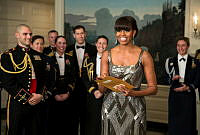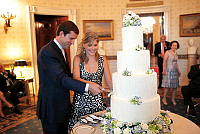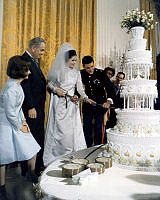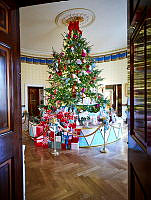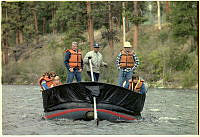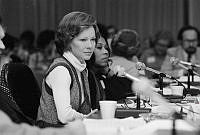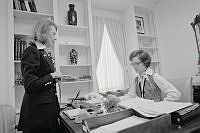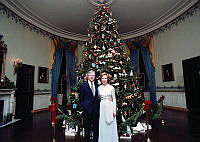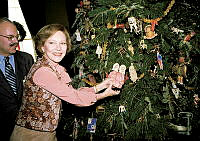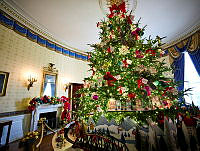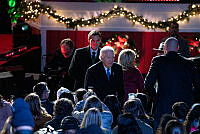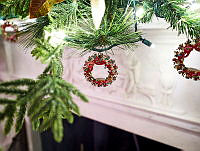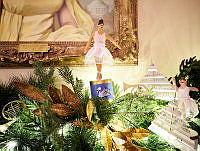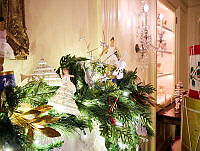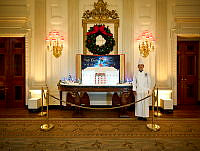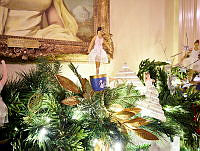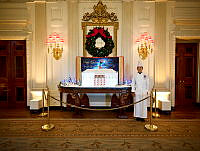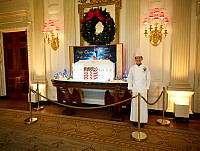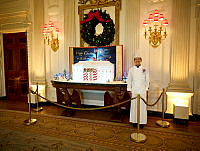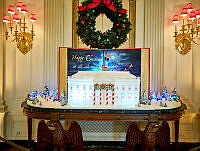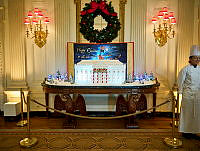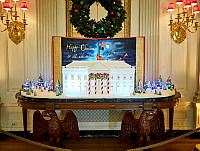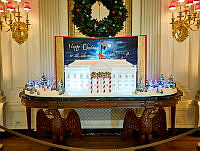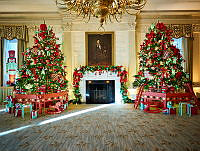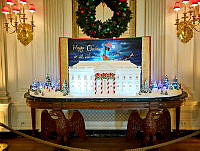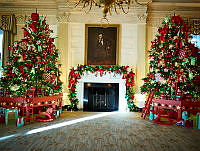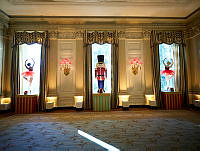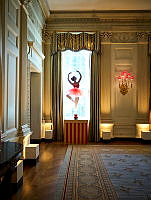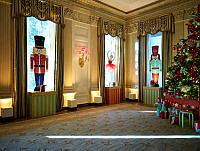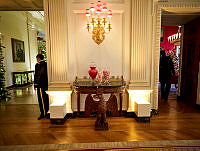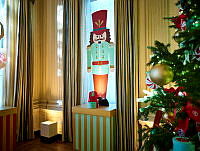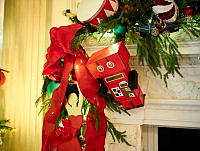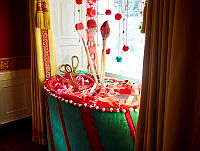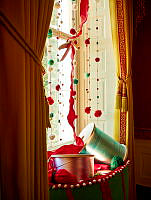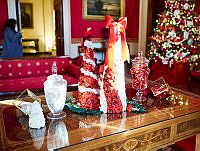Rubenstein Center Scholarship
Mapping Lady Bird Johnson's Whistle-Stop Tour

Less than a month before the 1964 presidential election, First Lady Lady Bird Johnson traveled for four days through the American South by train. In a practice known as whistle-stop campaigning, the first lady set out with her team, invited guests, and members of the press aboard the personalized “Lady Bird Special.” They visited eight states and stopped in forty-seven towns.
The first lady believed that traveling through the South was especially necessary ahead of the election because in July, President Lyndon B. Johnson signed the landmark Civil Rights Act of 1964, prohibiting segregation of businesses and public places and banning discrimination in employment practices.1
Although many lauded Johnson’s decision, it aggravated and alienated many white voters in the South. In the upcoming presidential election, President Johnson faced off against Senator Barry Goldwater of Arizona. Goldwater was a leader of the Republican Party who opposed many of President Johnson’s social programs as well as the Civil Rights Act.2 The goal of the trip was to garner support for President Johnson, who faced opposition from both the Republican Party and southern conservative members of his own Democratic party.
Lady Bird was a native Texan with deep southern roots. She insisted on going to places where President Johnson and the Democratic ticket needed support to prove the White House had not dismissed southern white voters.3 Liz Carpenter, Lady Bird’s press secretary and the mastermind behind the tour, referred to the trip as a “salvage operation in the wake of the Civil Rights Act.”4 Lady Bird asserted, “I thought the South was getting a bad rap from the nation and indeed the world, sort of painted as a bastion of ignorance and prejudice and all sorts of ugly things. It was my country, and although I knew I couldn't be all that persuasive to them, at least I could talk to them in language they would understand.”5 Lady Bird leveraged her southern heritage to try to find common ground with white southerners who opposed the Johnson Administration, while also showing Black southerners that the president supported them.
Lady Bird and her party traveled 1,682 miles and made 47 stops between October 6 and October 9.6 Click through each stop on the Whistle-Stop Tour to learn more:
On election day, President Lyndon B. Johnson won 44 states, including Virginia, North Carolina, and Florida. Although five of the eight states that the Lady Bird Special visited went to Goldwater, the first lady’s efforts were not in vain. While the Democratic party had discounted the whole region, Lady Bird understood that she could connect with people and spread her and her husband’s message. The whistle-stop tour made it clear that Lady Bird was a skilled campaigner and a savvy political mind.
The tour was such a success that immediately after it ended, President Johnson requested that the first lady make more campaign stops. The whistle-stop tour was also the first time a first lady took her own campaign trip separate from her husband.7 This tour proved that Lady Bird Johnson was a political actor in her own right. She continued to take up causes during her tenure as first lady and set an example of activism and political participation for first ladies to come.













